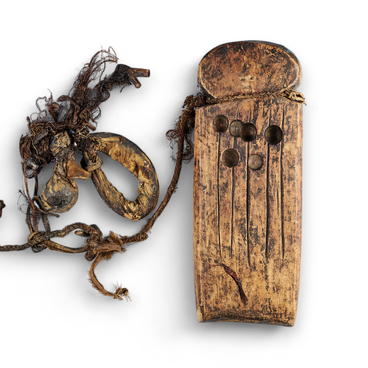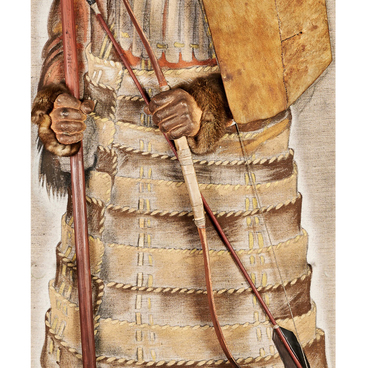This museum exhibit is a so-called basaltic volcanic bomb of the “lemon” type. The object comes from the Tolbachinsky area. The material was sampled in 1982. It was donated by the Museum of the Institute of Volcanology of the Far Eastern Branch of the USSR Academy of Sciences (now the Institute of Volcanology and Seismology of the Far Eastern Branch of the Russian Academy of Sciences).
Volcanic bombs are characterized by great morphological diversity and vary size. In common parlance, any more or less large pieces of lava that a volcano ejected from its vent are called volcanic bombs. However, volcanologists consider as bombs only typical formations of specific shape and surface, formed during the flight of not yet solidified lava mass in the air and at the time of its fall to the ground. The size of these masses does not have any significance. There are both bombs as small as a few millimeters, the so-called lapilli, and giant bombs weighing thousands of kilograms.
The more viscous the lava and the higher the explosion energy, the larger the size of volcanic bombs. Their varieties reflect the main features of volcanic processes: the energy magnitude, the viscosity of the molten lava, its gas saturation, and the behavior of volatile compounds during the eruption. Basaltic eruptions are characterized by spherical, lemon-shaped, ellipsoidal, less often spindle-shaped or twisted bombs.
Sometimes the surface of volcanic bombs has characteristic cracks, which makes it similar to the surface of bread crust. In spherical and partially ellipse-shaped bombs, the core usually has a dense glassy structure, and the near-surface zone is enriched with pores, traces of gas bubbles.


